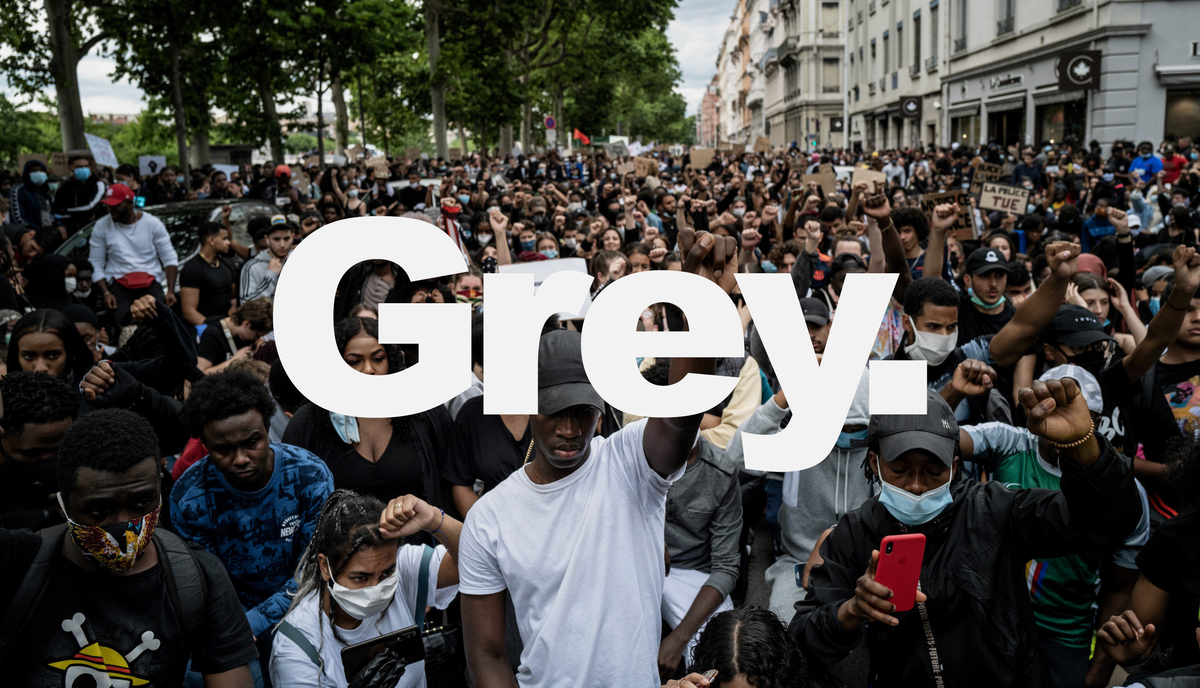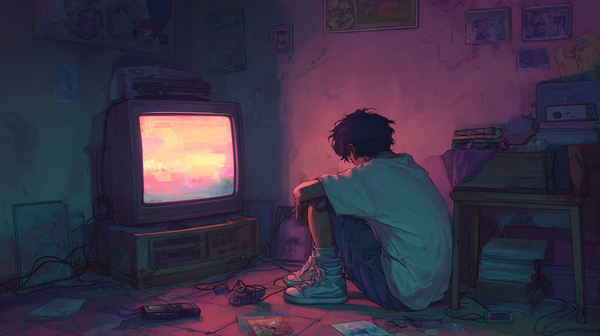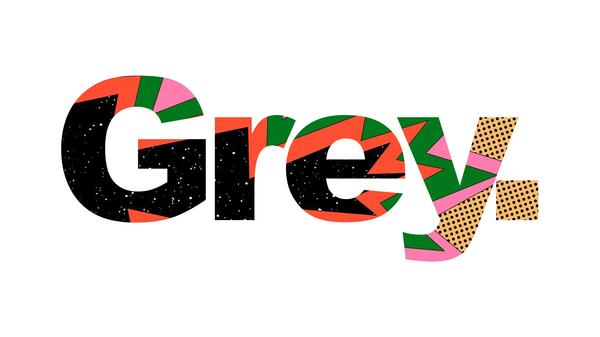When the system becomes the symptom
How modern therapy lost sight of power, and what it means to bring the world back into the room.

After the responses, the debates, and the inevitable chorus of "isn't this just person-centred therapy?" on LinkedIn - I wanted to slow things down.
Not to defend, but to deepen.
The Grey Method was never meant to be a rebrand of Rogers, or a rebellion against him. It's an attempt to hold what he could not have foreseen - the psychological fallout of a world that has become hyperconnected, unequal, and unmoored.
Every generation of therapists inherits the same questions: What does it mean to heal? To meet another person truthfully? To stay human in the face of suffering? But each age demands a new grammar for those questions.
We live in a time where the self has become fragmented across screens, where identity and belonging are mediated by algorithms, where loneliness is engineered, and where the social fractures that once lived outside the therapy room now arrive inside it.
So this week, I want to trace two threads that have become central to the Grey Method: the fragmentation of the modern self, and the politics of suffering - how power, class, and culture shape the pain we call "personal."
Because if therapy continues to look only inward, it will miss the very forces that are wounding the psyche it tries to heal.
The Individual Was a Invention
Modern therapy was born inside the Enlightenment dream - the idea of a rational, autonomous self. Freud, Jung, Rogers - all humanists of their time - built models for a world that believed in interiority. Your distress was yours. Your job was to understand it, integrate it, transcend it.
It was a beautiful idea, and also a convenient one. Because if suffering can be explained by your inner world, then the outer world stays innocent.
As Nikolas Rose put it in Governing the Soul, therapy became a tool of "psychological citizenship" - teaching us to manage anxiety, not to question its causes. Eva Illouz later called this "the privatization of suffering" in her book Saving the Modern Soul. What does that mean? It's the idea of a culture that translates collective pain into personal failure.
We became fluent in our feelings, but silent about the forces shaping them.
Neutrality as a Disguise for Power
To survive in a medicalised world, therapy needed to sound scientific - predictable, measurable, safe. So we built the myth of neutrality. The therapist as a blank screen, a mirror, a professional presence untouched by the world's mess.
But neutrality isn't neutral. It's a posture afforded only to those whom the world already protects.
As critical psychoanalytic writers have long noted, neutrality defaults to the values of the dominant culture - white, middle-class, cis, heteronormative, educated. When therapists insist on "not taking sides," they often end up taking the side that needs least defending.
The cost is subtle: clients learn that their anger, their race, their class background, their politics are too much for the room. The system enters silently, and we call it transference.
The Evidence Was Always Pointing Here
Decades of outcome research say it plainly: it's not the model that heals - it's the relationship. Meta-analyses by Norcross & Wampold and Flückiger et al. show that alliance, empathy, and collaboration predict outcomes more strongly than specific techniques.
Therapy works when the relationship can bear truth - including the truths of power and difference. Safran & Muran's rupture-repair studies show that progress happens because of conflict, not despite it. Relational depth research confirms that moments of "profound contact" transform clients more than adherence to method.
If the relationship is the medicine, then power dynamics - class, race, authority - are not distractions from therapy. They are the therapy.
The System Beneath the Symptom
Look closely and the social is everywhere. The WHO and UCL Institute of Health Equity repeatedly show that inequality, precarity, discrimination, and poor working conditions are direct predictors of depression and anxiety.
Public-health data on racism reveal measurable physiological impacts - elevated cortisol, hypertension, immune dis-regulation. Yet when these same realities walk into therapy, they're often reinterpreted as maladaptive beliefs.
A client's exhaustion becomes "burnout," not the product of neoliberal overwork. A migrant's vigilance becomes "hyperarousal," not the residue of systemic surveillance. A woman's rage becomes "borderline."
We confuse lucidity with pathology.
Why We Turn Away
The honest answer is: because it's uncomfortable. Power brings guilt; politics brings risk. Therapists fear being "too activist," supervisors warn against "agenda," training bodies worship neutrality. And perhaps most humanly, it's painful to face that our own safety, our own fees, our own identities are intertwined with the hierarchies we critique.
But discomfort is data. As Judith Butler reminds us, vulnerability is political - it reveals how interdependent we are, and how unequal those dependencies can be. To ignore that is to refuse reality.
The Turn Toward Solidarity
Donna Orange called this the ethical demand: to be moved by the suffering of the other, even when we cannot fix it. It's an ethic that replaces neutrality with responsibility - not moral superiority, but responsiveness.
bell hooks wrote that love is "a combination of care, commitment, knowledge, responsibility, respect, and trust." That's therapy, too. And it can't exist without an awareness of power.
I''m trying to integrate this idea into an overarching belief: solidarity as method.
What does that mean? It means standing with, not above. Listening politically, speaking humanly. Letting the world back into the room - not as ideology, but as honesty.
What This Changes
Seeing suffering as political doesn't mean turning therapy into sociology. It means refusing to amputate half the truth. It means understanding that the client's despair may be both attachment and austerity, both trauma and technology, both psyche and system.
When we locate distress in its full ecology, something radical happens: Shame begins to lift. Clients stop thinking they're broken for feeling what a broken world produces. And therapists stop pretending they're neutral observers of pain they share.
To Stay Human in the Grey
The data say the same thing the poets do: Relationships heal more than recipes. Context matters as much as cognition. And neutrality is a luxury the world can no longer afford.
The Grey Method doesn't replace the old theories; it updates their courage. It takes Rogers' empathy, Yalom's honesty, Benjamin's mutual recognition, Orange's ethics, and Butler's politics - and lets them breathe in this century.
Because the self is fragmented. Because the world is political. And because healing - still - happens in the space between.
To stay human in the grey - that's the work. Not to fix the system. But to stop pretending we can heal without naming it.
I'd love to hear from you if any of this speaks to you. Hit reply to this email, or alternatively, you can find me at matt@thebrink.me.





